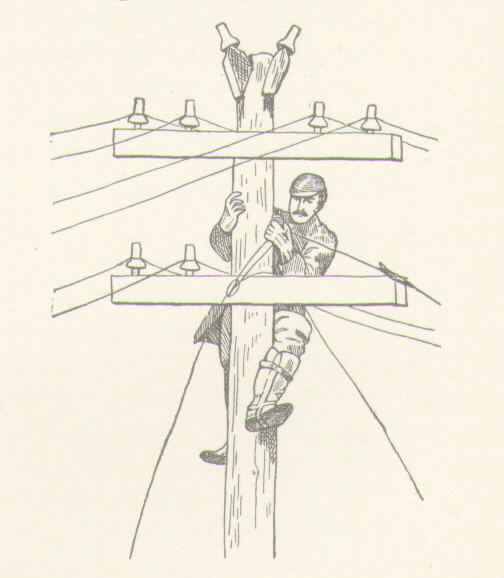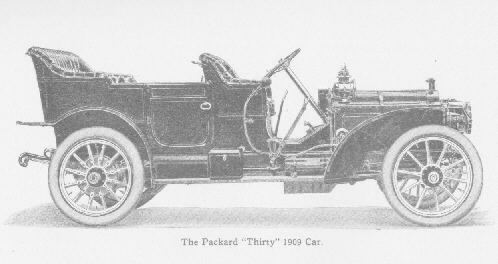


The Century the World Expanded: 1820-1920
"A new world of
inventions -- of railways and telegraphs -- has grown up
around us which we
cannot help seeing; a new world of ideas is in the air
and affects us,
though we do not see it."
-- Walter Bagehot (British
historian), Physics and Politics (1871) --
In spite of the Victorian reputation for stagnation and
stodginess,
the century before 1920 was a vibrant wonderland of new things being
discovered, invented, developed into useful forms, and made available
to all but the poorest and most rural people. For many individuals,
more and more of the world was accessible, in reality or in
imagination, than ever before.
At the root of this change in outlook were inventions
affecting
transportation and communication. Steam brought the world within reach.
Steamships cruised the wealthy and near-wealthy back and forth across
the Atlantic, took adventurers to little-explored corners of the globe,
brought steerage-loads of immigrants from Europe to the United States.
Steam locomotives made vacations and visits to far-away relatives
possible for the middle and working classes, sent vaudeville
performers rapidly from one town to the next across the whole country,
and speeded up the mail. The telegraph and then the telephone sent
messages for miles at the speed of electricity. News travelled faster,
commerce grew by leaps and bounds; more information and goods became
more available to more people more cheaply and quickly.
Time also expanded. The day grew longer as bright-burning
gas, and later, electricity, lit up streets, theaters and other public
buildings, and homes. The past and future came within reach as
cameras and sound recordings from player pianos and record players preserved lifelike transcriptions of people and events to be seen and
heard long after the originals were gone.
Back to What Went Before






